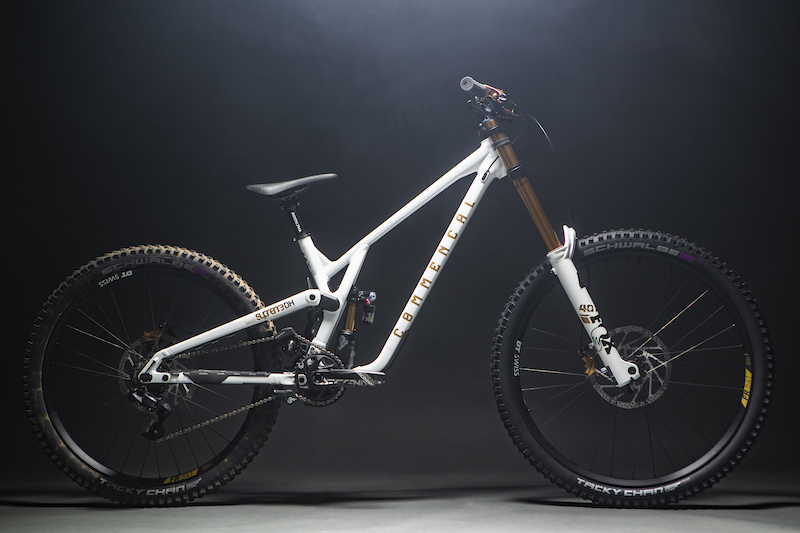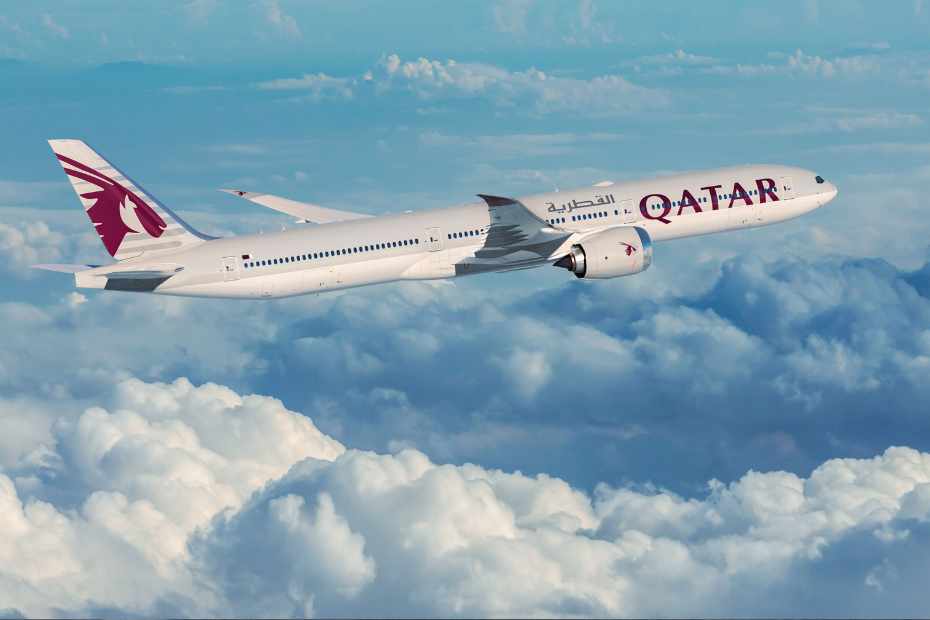Pinkbike Poll: Should Downhill Bikes Have More Than 200 Millimeters of Travel? – Pinkbike

Perhaps it’s time to rethink that.
Of course, not every bike has exactly 200 mm at both ends The Commencal Supreme V5 has 220 mm at the rear, and according to Henry and Matt’s review, is all the better for it. They say it offers “ultimate tracking and grip” with plenty of bottom-out resistance. The six-bar suspension, high pivot and frame flex may contribute to that, but the extra travel surely helps.
But increasing rear-wheel travel may have a limited benefit while forks are stuck at 200 mm. You’ve probably noticed that trail and enduro bikes usually have more fork travel than rear-wheel travel. This is because when it comes to absorbing bumps, cushioning landings and preserving the frame’s geometry, it’s the vertical component of the travel that matters – or the movement that’s perpendicular to the ground.
When a fork is angled parallel to the head angle (around 63 degrees), there’s only 178 mm of vertical travel from a 200 mm fork. Rear travel is measured vertically, so a downhill bike with 200 mm front and rear already has mismatched vertical travel. This means that as the suspension compresses, the rear of the mainframe will drop more than the front, making the bike slacker. Increasing the rear wheel travel only increases this imbalance.
So, to keep things balanced and reap the benefits of more rear travel, we need longer-travel forks, but right now few exist. Why not?
You might imagine that now that we’ve gone to 29″ front wheels, there would simply be too much leverage over the crown with any more travel. But some single-crown forks have axle-to-crown lengths comparable to 200 mm downhill forks with just one crown. Also, many downhill forks are run with the crowns set to deliberately increase the fork length above the minimum required to accommodate 200 mm travel, purely for geometry reasons. So in many cases, it would be possible to increase travel without affecting the fork length or bike geometry at all.
It’s also worth remembering that many downhill forks are travel-adjustable up to 200 mm of travel. They can be run with less, but few racers choose to do so. If they are all running their forks at max travel, might some benefit from more travel? It’s like if every rider on a particular fork was running the rebound damping fully open, you might conjecture that some of them would benefit from running it faster still.
On the Downtime Podcast in 2020 (26:45), Troy Brosnan said that when he first tested a 29er DH bike he had to run a 190 mm fork to make it fit him. And it sounds like that was a significant compromise: “You’re giving up 10 mm of travel which these days you need”, says Troy. “We’re going so fast, any bit of extra travel is welcomed.”
So if going down in travel is worse, could going up be better?
One counter-argument might be that longer-travel downhill bikes have been tried in the past, but most converged on 200 mm. Even the Santa Cruz V10, which was named after its 10 inches (250 mm) of travel now has nearer 8″ (208 mm). But back in the day wheelbases were shorter, head angles were steeper and suspension technology was less sophisticated, which meant that excessive suspension travel made the bike more pitchy and unstable. With modern geometry, kinematics and dampers, current bikes could accommodate more travel without riding like a seesaw. This is particularly true if combined with electronic or remote-controlled suspension.
Besides, in recent years speeds have got higher and hits have got bigger, so the upsides of more travel could be greater than ever.
It seems to me that the 200 mm travel standard is simply too much of a round number. We’ve been stuck with an arbitrary amount for no reason except numerical neatness. I’m not saying we should go back to 300 mm travel forks, but a downhill bike with, say, 220 mm front and rear might just offer an advantage without forcing many compromises. It’s like how 200 / 203 mm rotors were the limit for a long time, then suddenly half the field switched to 220 mm or bigger.
But what do I know?
Needless to say, as someone who hasn’t raced downhill for years (and only made up the numbers then), I’m just speculating. But two of my colleagues have raced at the top level and they were more receptive than I expected. “I’ve wanted to try more travel for a while,” said Ben Cathro. Matt Beer added, “I think it has legs. Jumps and speeds are only getting higher and bigger.”
What do you think?
Related
Turkish Airlines and Qatar Airways Suspend Mogadishu Flights Following US…
Home » Airlines News of Qatar » Turkish Airlines and Qatar Airways Suspend Mogadishu Flights Following US Embassy Terror Alert, Raising Security Concerns at
Local tourism destinations grow fast
Men sit at the Doha Corniche backdropped by high buildings in Doha on March 3, 2025. Photo by KARIM JAAFAR / AFP DOHA: Local tourism destinations are g
Hajj, Umrah service: Qatar Airways introduces off-airport check-in for pilgrims
Image credit: Supplied Qatar Airways has introduced an off-airport check-in
IAG, Qatar Airways, Riyadh Air, Turkish Airlines, Lufthansa & more…
Turkish Airlines – a Corporate Partner of the FTE Digital, Innovation & Startup Hub – is charting a course to rank among the top 3 global airlines for












